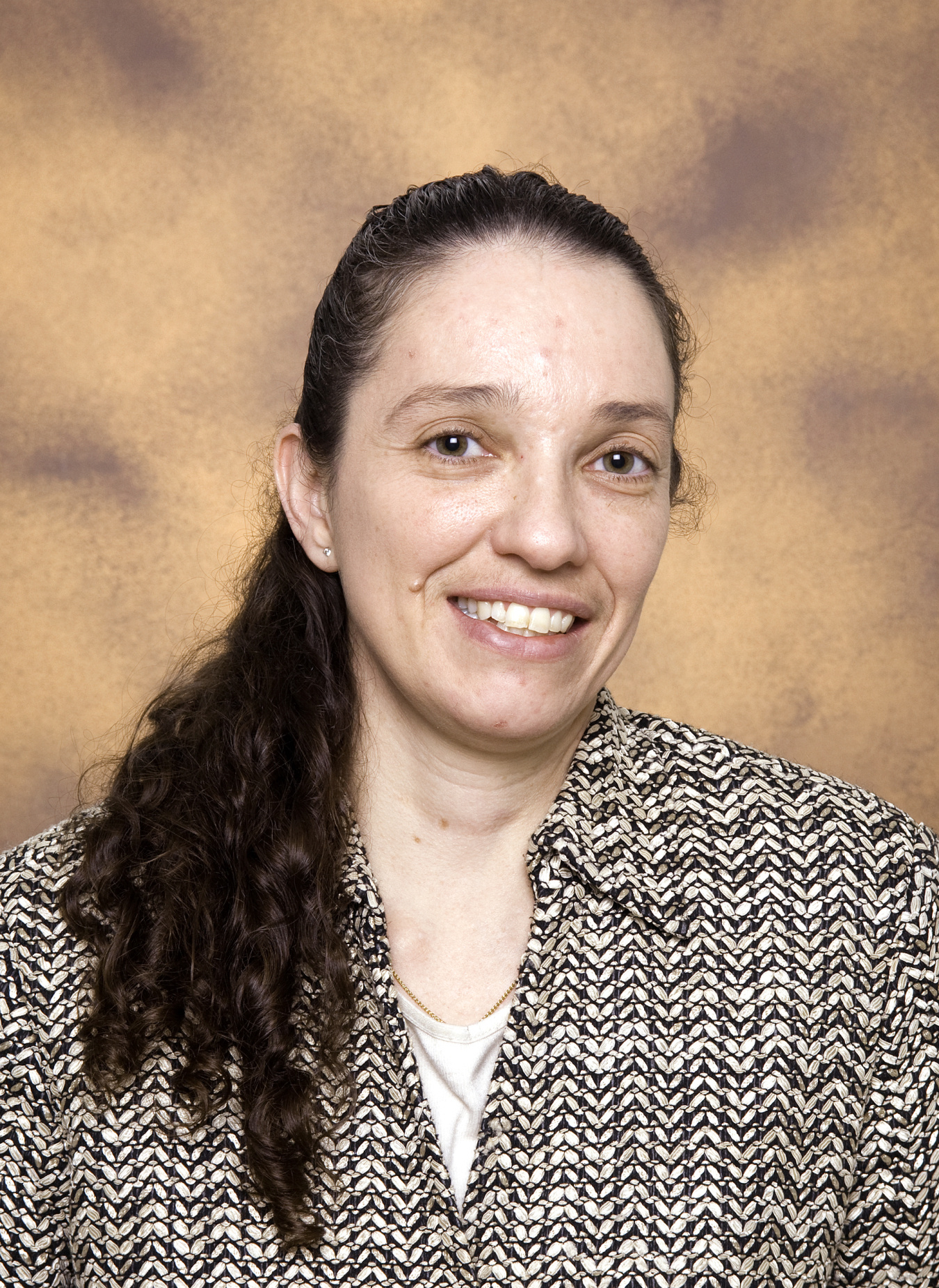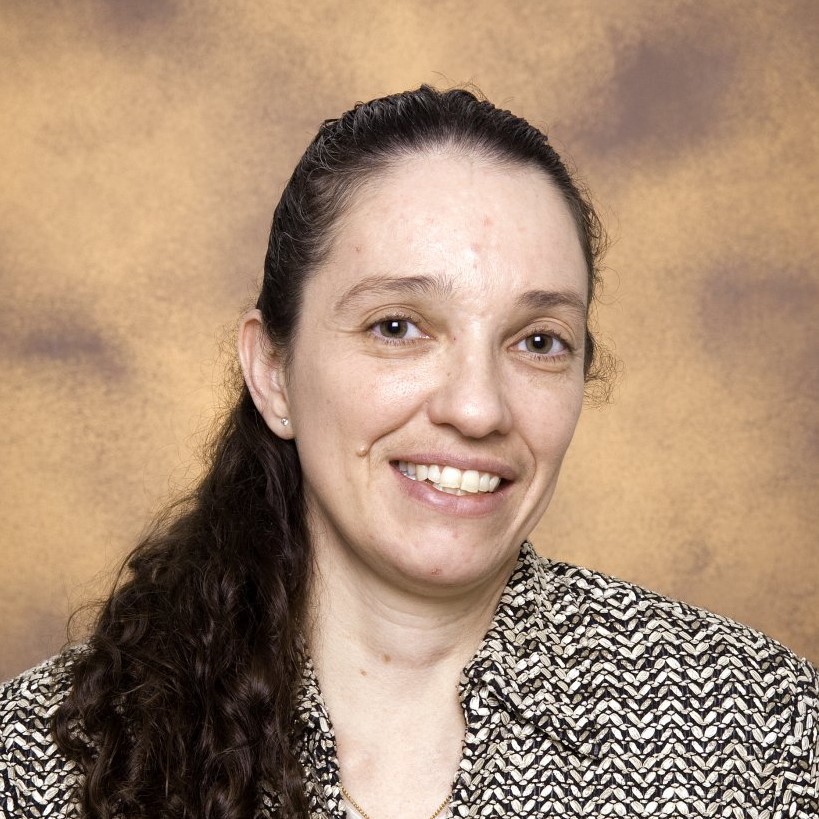The Department of Energy (DOE) launched the Grid Modernization Initiative (GMI) with public and private partners to develop new architectural concepts, tools, and technologies that can better measure, analyze, predict, and protect the grid, and identif...
April 26, 2017We’ve come a long way since the Pearl Street Station Generating Station came online 135 years ago. From serving under 100 customers in Manhattan’s First District in 1882 to now delivering electricity to over 140 million customers across the U.S., the growth of the nation’s grid is remarkable. Over the years, many changes have occurred. And now with factors such as aging infrastructure, evolving technologies, growing consumer participation, and increasing cybersecurity and physical threats, the grid that has sustained us for over a century requires modernization.
The Department of Energy (DOE) launched the Grid Modernization Initiative (GMI) with public and private partners to develop new architectural concepts, tools, and technologies that can better measure, analyze, predict, and protect the grid, and identify the institutional changes needed for the development and adoption of those tools and technologies. One of the GMI’s main components is the Grid Modernization Laboratory Consortium (GMLC), a $220 million effort to help shape the future of the nation’s grid. Under the GMLC, DOE’s National Laboratories are managing 88 projects performing critical research and development in key grid modernization areas such as advanced storage systems, distributed energy resources, transactive control, and data analytics.
Last week, we hosted a group of sixteen outside experts to formally review our GMI efforts thus far and asked stakeholders from state and local government, utilities, and industry to provide their perspectives. I had the pleasure of discussing how, through the GMI and GMLC, we’ve brought our National Labs together and are collaborating across DOE in a holistic way. Through this portfolio of projects, we are now looking at how all of these technologies fit together and fit back into the grid as a whole. We are grateful to the peer reviewers who took time out of their busy professional schedules to provide feedback. Their insight will allow us to prioritize our projects, modify our portfolio, and update the GMI’s Multi-Year Program Plan, as needed. We also appreciate the comments and input provided by stakeholders who attended the Peer Review.
Success at the Office of Electricity Delivery and Energy Reliability (OE) relies on a robust and engaged relationship with our private and public partners. Together, we must continue addressing the changing dynamics and uncertainties in which the electric system will operate to help ensure a resilient, reliable, secure, and flexible electricity system needed for continued U.S. security, competitiveness, and innovation. It’s a big challenge, but an even bigger opportunity – and we are thankful for the support of all of our partners.
To learn more about how OE is working closely with its private and public partners to strengthen, transform, and improve energy infrastructure to ensure access to reliable, secure, and flexible sources of energy, explore the OE website.
Patricia A. Hoffman

Acting Assistant Secretary, Principal Deputy Assistant Secretary, Office of Electricity
Former Principal Deputy Assistant Secretary for the Office of Electricity (OE) at the U.S. Department of Energy (DOE), Ms. Patricia A. Hoffman also served as Acting Under Secretary for Science and Energy from January 2017 until November 2017 when the U.S. Senate confirmed Mark Menezes as Under Secretary of Energy. Ms. Hoffman served as Acting Assistant Secretary for OE from January 2017 until October 2017 when the OE Assistant Secretary was confirmed by the U.S. Senate.
Ms. Hoffman was named Assistant Secretary for OE from June 2010 to January 2017, after serving as Principal Deputy Assistant Secretary since November 2007. The focus of her responsibility was to provide leadership on a national level to modernize the electric grid, enhance the security and reliability of the energy infrastructure and facilitate recovery from disruptions to the energy supply both domestically and internationally. This is critical to meeting the Nation’s growing demand for reliable electricity by overcoming the challenges of our Nation’s aging electricity transmission and distribution system and addressing the vulnerabilities in our energy supply chain.
Prior to her this position, Ms. Hoffman served in a dual capacity as Deputy Assistant Secretary (DAS) for Research and Development (R&D) and Chief Operating Officer (COO) within OE. During her tenure as the DAS for R&D, she developed the long-term research strategy and improved the management portfolio of research programs for modernizing and improving the resiliency of the electric grid. This included developing and implementing sensors and operational tools for wide-area monitoring, energy storage research and demonstration, and the development of advanced conductors to increase the capacity and flexibility of the grid. She also initiated a new research effort focused on integrating and distributing renewable energy through the electric grid, such as promoting plug-in hybrid electric vehicles and implementing smart grid technologies to maintain system reliability. As COO, she managed the OE business operations, including human resources, budget development, financial execution, and performance management.
Prior to joining OE, she was the Program Manager for the Federal Energy Management Program within the Office of Energy Efficiency and Renewable Energy at DOE. This program guides the Federal government to “lead by example” promoting energy efficiency, renewable energy, and smart energy management. Complementing her building energy efficiency experience, she also was the Program Manager for the Distributed Energy Program, which conducted research on advanced natural gas power generation and combined heat and power systems. Her accomplishments included the successful completion of the Advanced Turbine System program resulting in a high-efficiency industrial gas turbine power generation product.
Ms. Hoffman holds a Bachelor of Science and a Master of Science in Ceramic Science and Engineering from Pennsylvania State University.


